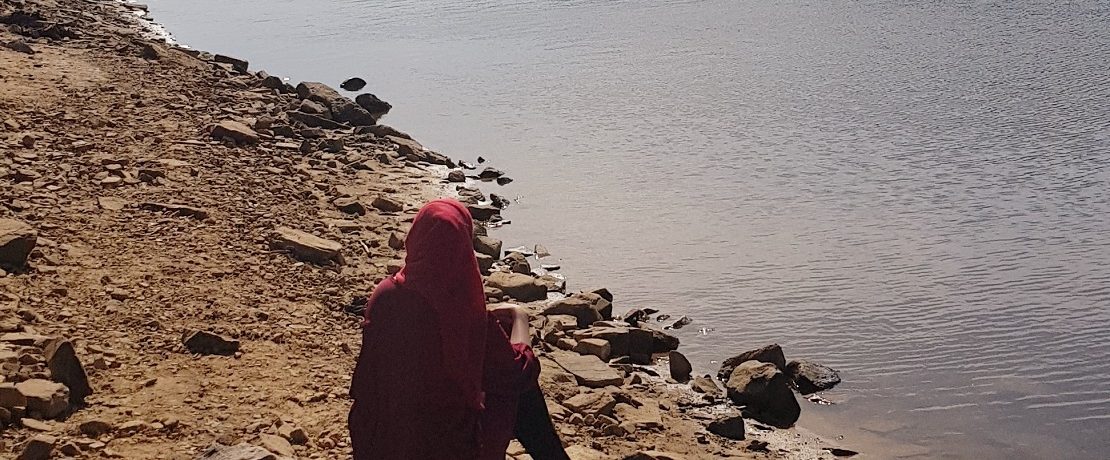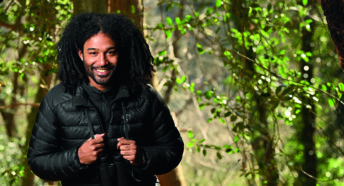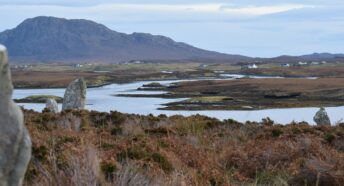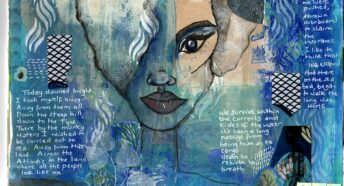The invisible barriers that hold people back from enjoying the countryside
What to many people looks like a welcome walk in a beautiful landscape leaves others hesitant. Sarah Hussain discusses why this is and why we need to make sure the benefits of a country walk are truly open to everyone
The scent of fresh green leaves, tall evergreen trees, the sound of birds tweeting, breathtaking landscape views; it’s enough to invite even those who claim not to be close to nature. Who wouldn’t want to roam the Yorkshire Moors, or visit the picturesque Ingleton Waterfalls Trail? But what might to some seem like a day of escapism does not quite evoke the same feeling for everyone; there is a list of factors for some to consider before deciding to go.
I had never truly reflected on this until I was asked by a friend how often I went for walks – and where did I like to go? I fell embarrassingly quiet and had to think for a few seconds before responding, naming only a few places. I was then asked if I wanted to go on a walk at Hebden Bridge, to which I quickly responded: ‘I’d love to.’
But the truth is that I began to feel a little anxious at the thought of going and had to question why. I started to realise my experiences of visiting such places had made me feel weary because I was continually met with cold stares that gave the message: ‘What the hell are you doing here?’
Of course, nobody said it out loud. For someone travelling across the country freely without ever being made to feel like they don’t belong, this may come as a shock, but it is frustrating to have your lived experiences doubted.
Further research
Having the opportunity to be part of a research project with CPRE that looked at the barriers to accessing nature, I wanted to focus primarily on women of colour because I knew my experiences were not unique. Through discussions with other women, I found I wasn’t the only one who had fear of visiting nature spots alone.
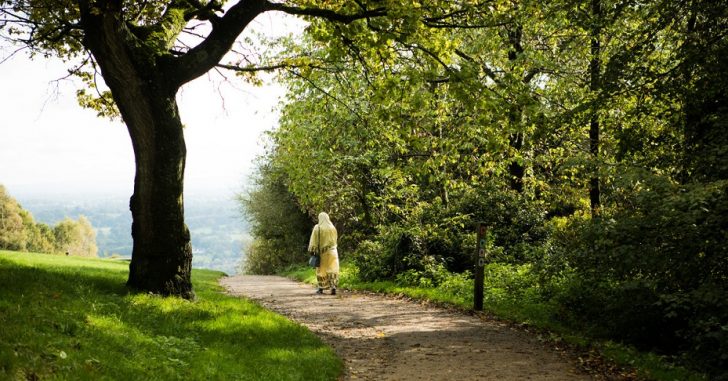
Another woman explained how she would never go at all when she wore a face veil. I could resonate with what they were saying because I too consider what I wear when I plan to go for a walk further from home.
Anything but black seems appropriate; the more colourful the better. Some of you might wonder why. It’s because people feel uneasy around Muslim women who wear black as all media representations are negative.
For me, having to conform to western dress in order to be accepted makes me furious, but it seems an attitude groups of white British people have adopted. I can’t help wonder how many English traders wore a kurta when ravaging through the forests of the Himalayas.
Some might say, who cares if you get a few stares? Wear what you want! But you don’t want to attract unwanted negative attention. With videos appearing in our feeds showing Muslim women being pushed into moving trains, safety is critical and, in recent years, statistics have shown that it is women who have been an easy target.
Safety in numbers
However, it wasn’t just Muslim women as other women of colour, too, explained their apprehensions about going out on walks. Most expressed wanting to keep closer to home where they knew it was safe, so visited parks, rather than roaming further out of town.
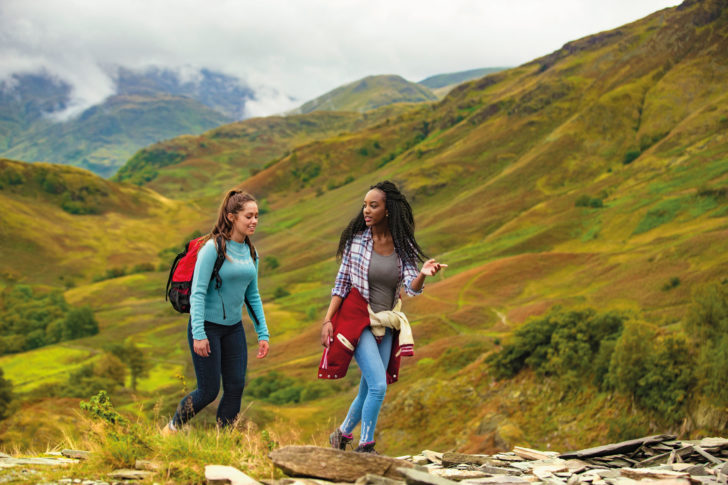
One woman spoke about ‘those’ spaces not ever being welcoming since her parents first arrived in England. I wanted to understand this better because a lot of Black, Asian and minorities live in urban areas rather than living out in the countryside, but they come from rural villages. Why had they never accessed any of the nature spots that helped them feel closer to home?
I spoke to a first-generation lady who came from a Pakistani village and she explained that when she arrived, she had to get on with factory work and would never have known where to go. I asked her if she missed living surrounded by open fields and cooking fresh food. ‘Of course,’ she said, ‘but it was different when we first arrived and we had to stay where it was safe.’
A lost connection with nature
I felt sad after hearing this as I realised that the connection with nature had been lost through generations as there was no access for these women. One interviewee also mentioned her frustration at not being able to enter scenic private land and her disgust of stately homes that had been built on the back of colonisation.
‘We would love to live out there,’ said one woman, ‘but that’s never going to happen.’ I asked, ‘why?’
‘Well there are no facilities for our people.’
Then it made sense; people feel safe where they see people who look like them being accepted. There has never been any attempt at making these places more welcoming.
Right back from when our grandparents arrived here, there was no attempt to make those places inclusive, almost as if those spaces were reserved for white British middle-class folk. It has always felt like a no-go area, so even though a lot of people who go out to these places are actually lovely and friendly, people from ethnic minorities are not given a chance to experience that due to fear built up through a history of structural racism in this country.
People get defensive when you bring up race and I have heard the ‘don’t talk identity politics’ counter-argument, but the sad truth is, for those of us who have to make our day-to-day choices informed by our race and gender, we cannot stop talking about it because it makes people feel uncomfortable.
Unless, we don’t acknowledge that people are feeling this apprehension, the situation won’t change. The natural land should be accessible for everyone and we need to work together to make these spaces more inclusive.
About the author
Sarah Hussain is a Huddersfield based author and educator. Her first novel Escaped from Syria was a winner finalist in the People’s Book Prize Award and her short story collection Sit up, Stand up, Speak up was released in 2017. In 2018 she won the Ms Shakespeare competition and was shortlisted in a competition run by The University of Huddersfield and her short story, You will be free one day, my dearest India, is included in the anthology Trouble, celebrating protest, published by Grist and was ‘highly commended’. Sarah uses her writing as a means of expression to enable her to use her voice to promote tolerance. She is currently completing a PhD and her research is looking at ecological degradation in the Himalayan region from a postcolonial ecofeminist perspective. She aims to use her research to amplify women’s knowledge and she wants to challenge negative representations of South Asian women. Sarah carried out research into barriers to engaging with nature for people of colour as part of a participant-led project commissioned by CPRE.
